The Looming Robot Workforce: When Will Manufacturing Embrace the Humanoid Revolution, and What Happens When They Break?
The hum of the factory floor is about to get a whole lot more complex. Nvidia CEO Jensen Huang’s recent pronouncement – that widespread humanoid robot deployment in manufacturing is a mere five years away – has sent ripples throughout the tech world and ignited a fresh wave of speculation about the future of work. While the "robot revolution" might sound like science fiction, the convergence of advanced AI, increasingly sophisticated hardware, and the relentless push for automation is pushing it closer to reality. But with this exciting prospect comes a stark question: what happens when these complex machines inevitably break down?
The promise of humanoid robots in manufacturing is compelling. They offer the potential to perform tasks currently difficult or dangerous for humans, handle repetitive processes with tireless precision, and adapt to dynamic environments with increasing ease. Imagine robots effortlessly assembling intricate electronics, diligently inspecting quality control issues, and safely maneuvering through warehouses, all while requiring minimal human intervention. Huang’s belief hinges on Nvidia’s accelerated advancements in AI frameworks like Isaac Sim, which allow for realistic robot training and simulation environments. This, coupled with more powerful GPUs enabling complex onboard processing, is rapidly bridging the gap between theoretical humanoid capabilities and practical, deployable solutions.
However, the shift from robotic arms and specialized automated systems to versatile, human-like robots introduces a new layer of complexity – and a new set of potential failure points. Traditional industrial robots, while powerful, are typically designed for specific, repetitive tasks. Their architecture is relatively simple, and repair often involves swapping out malfunctioning components. Humanoid robots, by contrast, are intricate systems integrating advanced actuators, sensors, artificial intelligence, and sophisticated software. A single malfunction can cascade into multiple system failures, rendering the robot unusable.
The New Landscape of Robot Repair: Beyond the Screwdriver
The traditional toolkit of the robotic technician – wrenches, soldering irons, and basic diagnostic meters – won’t suffice for the next generation of humanoid machines. Repairing a complex humanoid robot requires a multidisciplinary skillset, blending mechanical engineering, electrical engineering, computer science, and a deep understanding of AI. We’re moving beyond simple component replacement toward sophisticated diagnostics and intricate software recalibration.
Consider the sheer complexity of a single leg on a humanoid robot. It’s composed of multiple joints, each powered by a complex actuator (often a combination of electric motors, gearboxes, and hydraulics). Embedded within the leg are force sensors, position sensors, and inertial measurement units (IMUs), all feeding data back to the robot’s control system. A stumble or collision can damage any of these components, leading to instability, inaccurate movement, or even complete immobilization. Diagnosing the root cause could involve analyzing sensor data to identify anomalies, using advanced diagnostic tools to assess actuator performance, or even employing machine learning algorithms to predict potential failure points based on usage patterns.
Common Failure Points in Humanoid Robots & Emerging Repair Challenges:
Here are some of the areas where humanoid robots are likely to experience the highest rates of failure, and the corresponding repair challenges:
- Actuators & Power Systems: This is arguably the most vulnerable area. High-stress environments, repetitive motions, and the constant demand for power can lead to motor burnout, gearbox wear, and hydraulic leaks. Repair involves not just replacing parts but also potentially rebuilding actuators, balancing torque across multiple joints, and ensuring precise calibration.
- Sensors (Vision, Force, Inertial): Humanoid robots heavily rely on sensor fusion to perceive their environment and react accordingly. Damage to cameras, pressure sensors, or IMUs can lead to inaccurate perception and unpredictable behavior. Repair involves cleaning, recalibrating, and potentially replacing these sensitive components. Optical sensors are especially tricky due to their intricate internal workings.
- AI & Control Systems: Unlike traditional robots pre-programmed with fixed routines, humanoid robots often utilize advanced AI algorithms for navigation, object manipulation, and decision-making. Software glitches, corrupted data, or faulty AI models can lead to operational errors. Troubleshooting these issues requires specialized debugging tools, access to the robot’s software code, and the ability to retrain or fine-tune the AI.
- Structural Integrity & Materials: Humanoid robots are built from lightweight yet strong materials like carbon fiber and advanced polymers. Repeated impacts, exposure to extreme temperatures, or chemical spills can compromise the structural integrity of these materials, leading to cracks, deformations, or even catastrophic failure. Damage assessments are crucial, often involving non-destructive testing techniques like ultrasonic scanning and X-ray imaging.
- Joints & Linkages: The intricately designed joints that allow for human-like movement are prone to wear and tear, especially under heavy load. Lubrication issues, misalignment, and excessive friction can all contribute to joint failure. Repair involves precision alignment, replacement of worn parts, and application of specialized lubricants.
- Battery Systems: Powering these robots requires robust and reliable battery systems. Degradation, overheating, and physical damage can compromise battery performance and safety. Repair includes replacing batteries, diagnosing cell imbalances, and implementing advanced battery management systems.
Fix4Bot.com: A Dedicated Solution for the Future of Robot Maintenance
Recognizing the evolving landscape of robot repair, Fix4Bot.com emerges as a specialized platform dedicated to providing diagnostics, repair services, and comprehensive support for humanoid and advanced industrial robots. We’re not just about fixing broken parts; we’re about building a proactive and intelligent maintenance ecosystem.
Here’s how Fix4Bot.com addresses the challenges of humanoid robot repair:
- Remote Diagnostics and Troubleshooting: Utilizing secure telematics and augmented reality (AR) capabilities, Fix4Bot.com technicians can remotely diagnose issues, guide on-site personnel through troubleshooting steps, and even provide real-time instructions for component replacement. This significantly reduces downtime and minimizes the need for expensive on-site visits. Our platform integrates with existing robot management systems, allowing us to access data logs, sensor readings, and error codes in real-time.
- Comprehensive Parts Database & Sourcing: We maintain an extensive database of robot components, including both OEM and third-party alternatives. Our intelligent sourcing engine identifies the most cost-effective and readily available parts, ensuring rapid repair turnaround times. We specialize in hard-to-find components for legacy models and emerging technologies.
- Expert Repair Network: Fix4Bot.com boasts a global network of certified robot technicians, each possessing specialized expertise in specific robot models and repair domains. We carefully vet and train our technicians, ensuring they are equipped with the latest diagnostic tools and repair techniques.
- AI-Powered Predictive Maintenance: Leveraging machine learning algorithms, Fix4Bot.com analyzes robot performance data to identify potential failure points before they occur. By predicting maintenance needs, we enable proactive interventions, minimizing downtime and extending robot lifespan. This moves the focus from reactive repairs to a preventative maintenance strategy.
- Training and Knowledge Sharing: Understanding that the pool of qualified robot technicians is currently limited, we offer customized training programs and a comprehensive knowledge base to empower technicians and facilitate continuous learning. Our platform includes detailed repair manuals, diagnostic guides, and a community forum where technicians can share best practices and collaborate on challenging repairs.
- Customized Repair Plans & Service Level Agreements (SLAs): We offer tailored repair plans and SLAs to meet the specific needs of each client. This includes guaranteed response times, prioritized repair scheduling, and access to dedicated support personnel.
The Future of Robot Maintenance: Integration and Automation
The future of robot repair goes beyond simply fixing what is broken. We envision a future where repair is seamlessly integrated into the robot’s operation, leveraging AI and automation to minimize downtime and maximize efficiency.
- Self-Diagnostics & Automated Repair: Future humanoid robots will incorporate advanced self-diagnostic capabilities, automatically detecting and reporting faults. Some robots may even be equipped with basic self-repair capabilities, such as automatic lubrication or minor component replacements.
- 3D Printing for On-Demand Parts: The advent of robust and affordable 3D printing technology will revolutionize the repair process. On-site 3D printers will enable the rapid production of custom replacement parts, eliminating the need to wait for shipments and minimizing downtime.
- Digital Twins & Simulation: Digital twins – virtual replicas of physical robots – will allow technicians to simulate repair procedures and diagnose complex issues in a safe and controlled environment. This minimizes risks and improves repair accuracy.
- Data-Driven Optimization: Continuous data collection and analysis will optimize maintenance processes, identify recurring failure patterns, and inform design improvements. This feedback loop will drive the development of more reliable and robust robotic systems.
Jensen Huang’s prediction of a humanoid robot revolution in manufacturing is bold, but it’s a prediction grounded in tangible technological advancements. As these sophisticated machines become increasingly prevalent on factory floors, the need for specialized repair and maintenance services will grow exponentially. Fix4Bot.com is positioned to be at the forefront of this evolving landscape, providing the expertise, technology, and support needed to keep the robot workforce running smoothly and efficiently, ensuring the promise of the future of automation becomes a reality.
[Link to Fix4Bot.com]


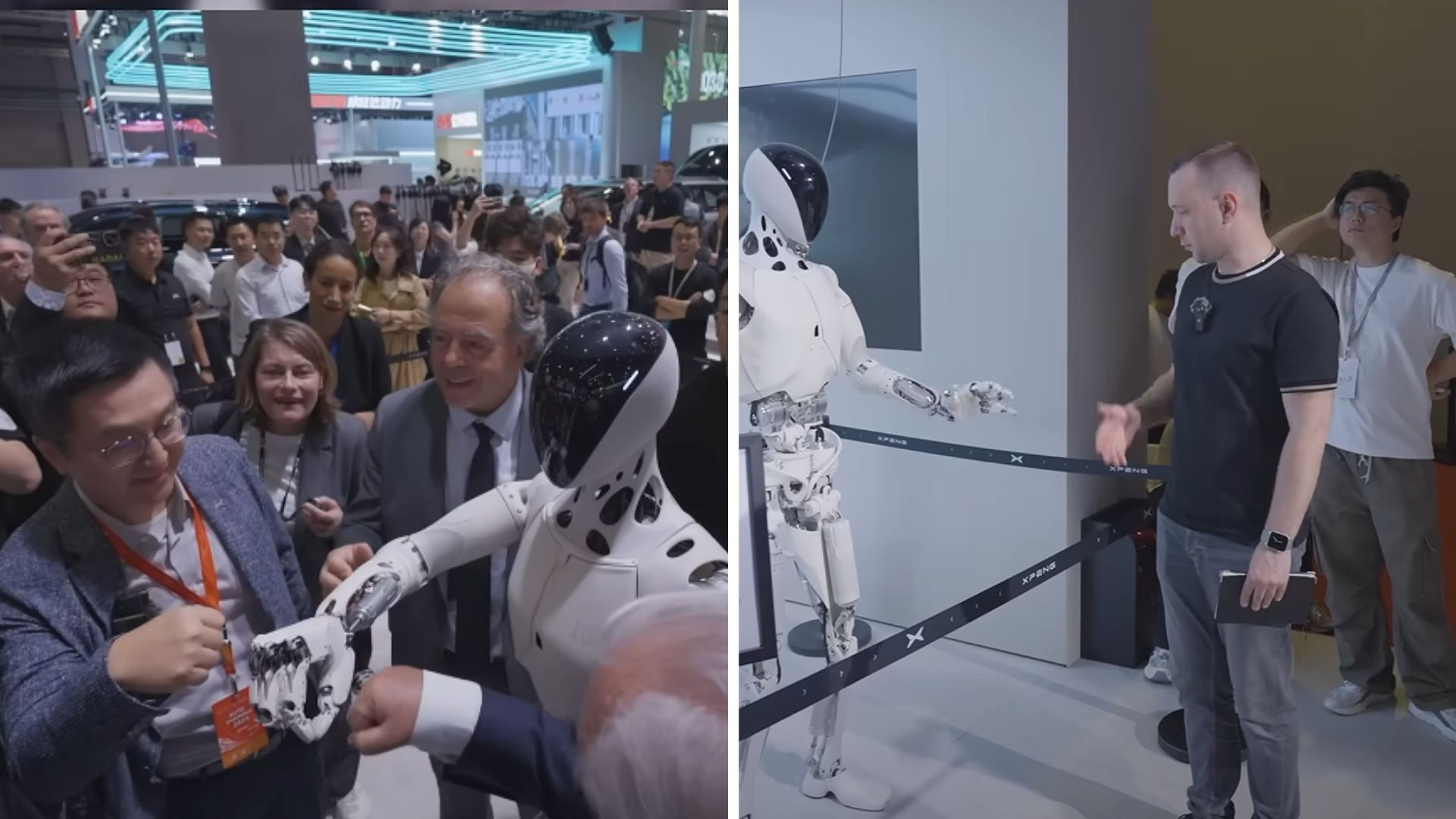

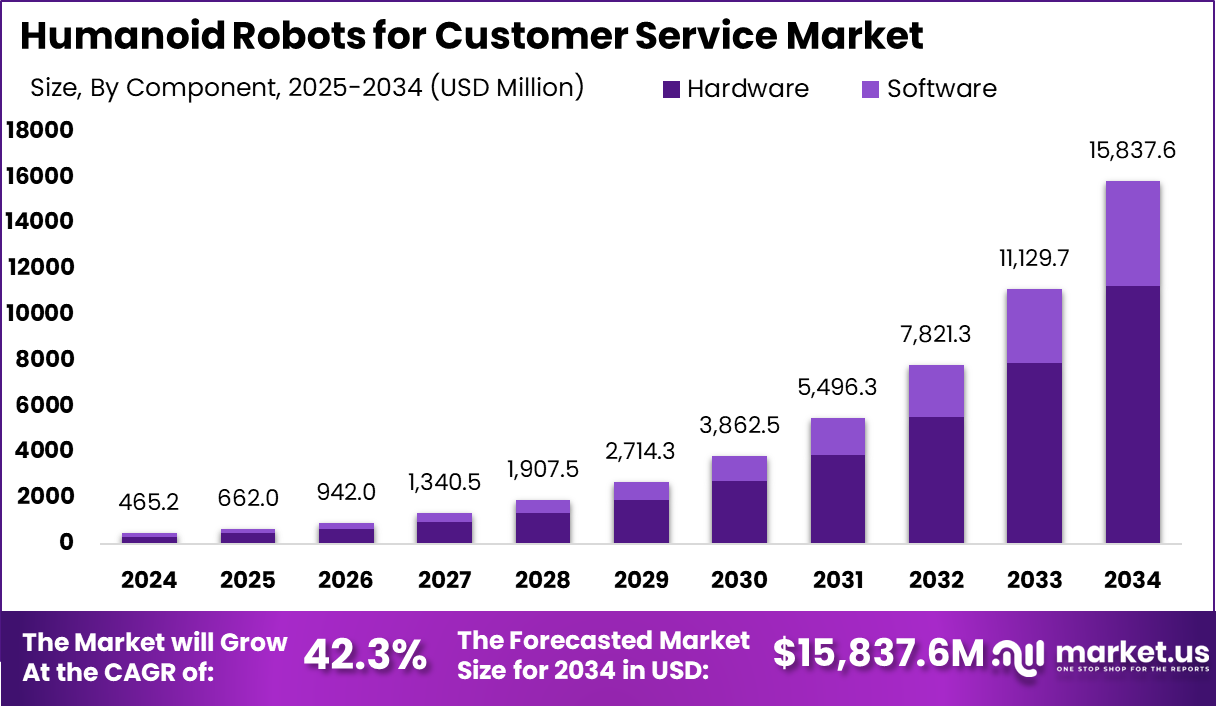
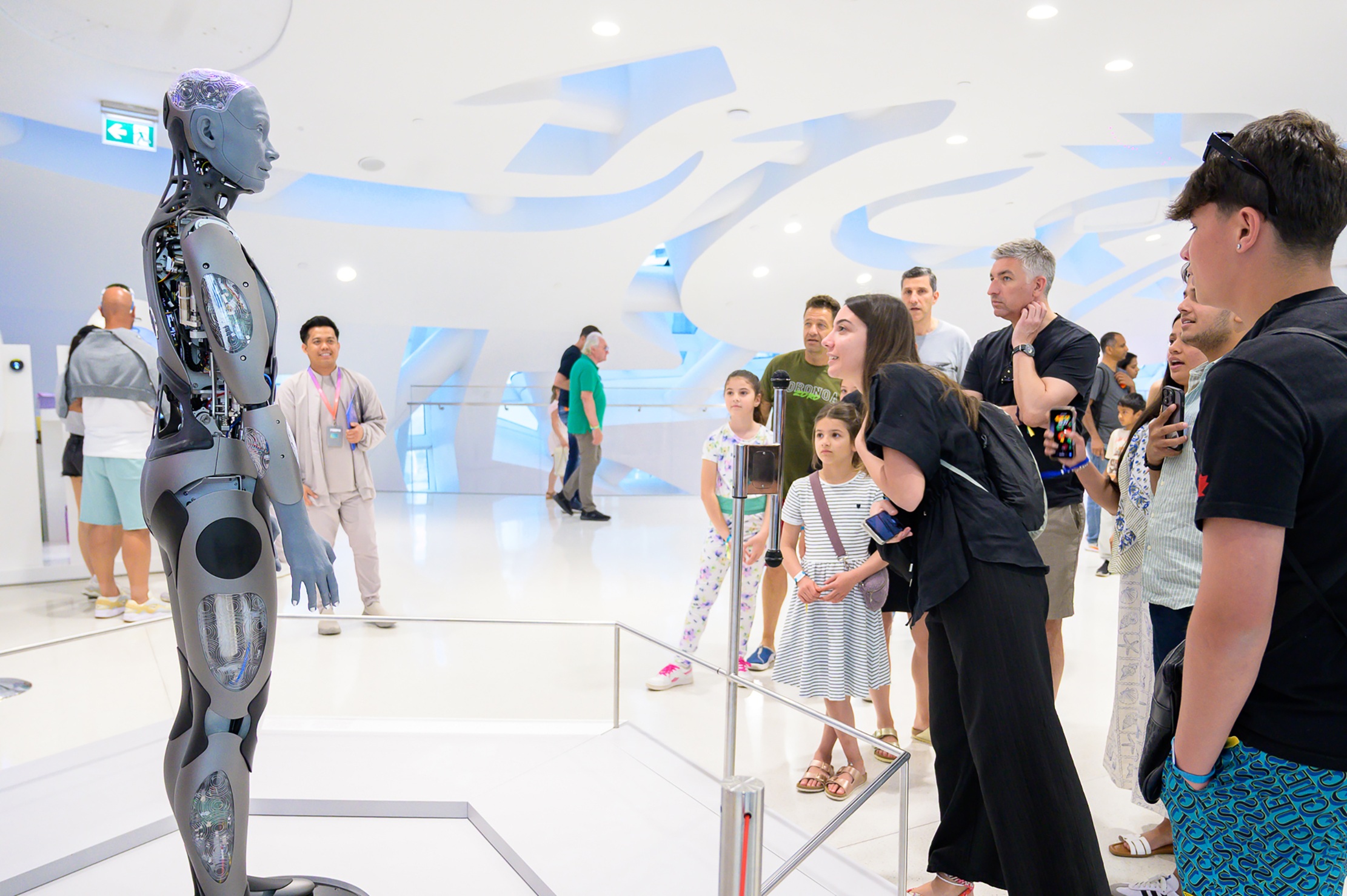
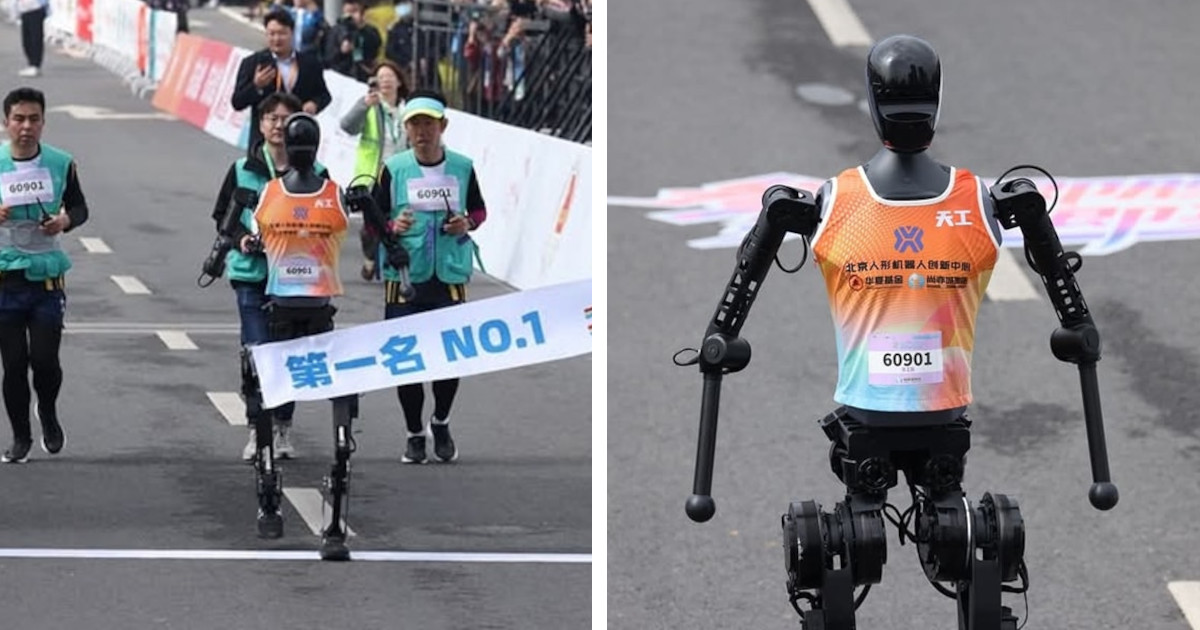
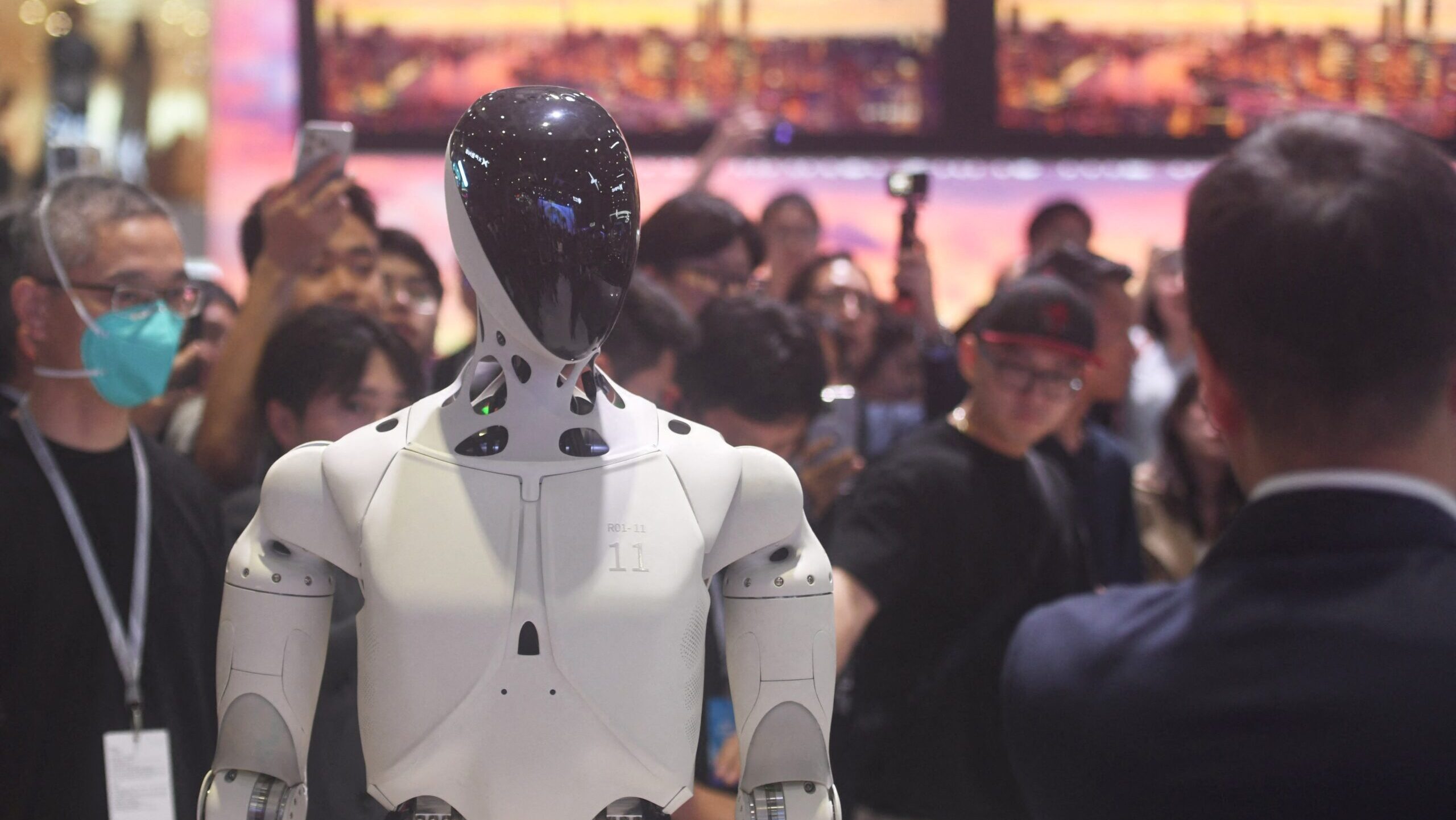

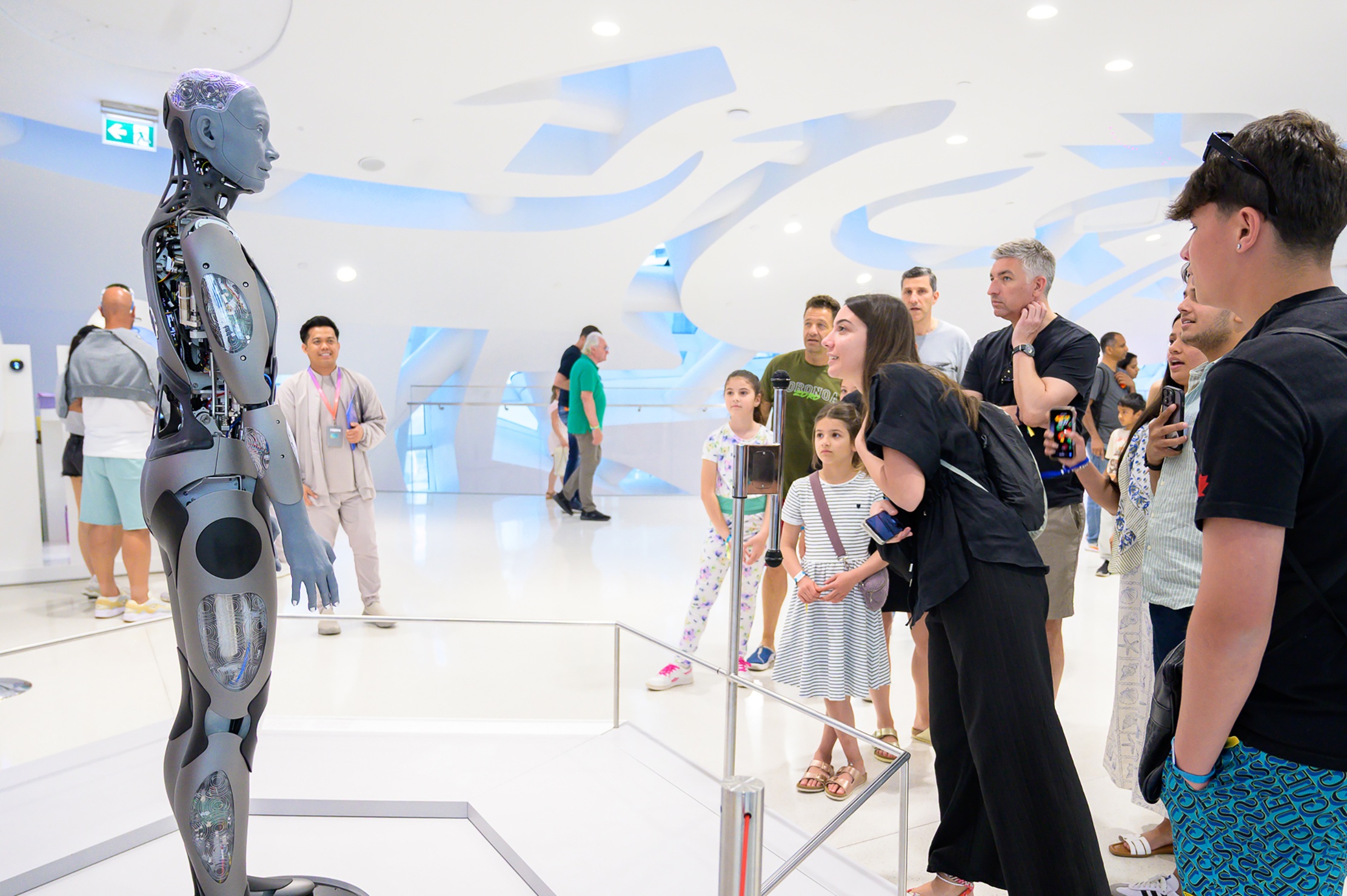

Leave A Comment